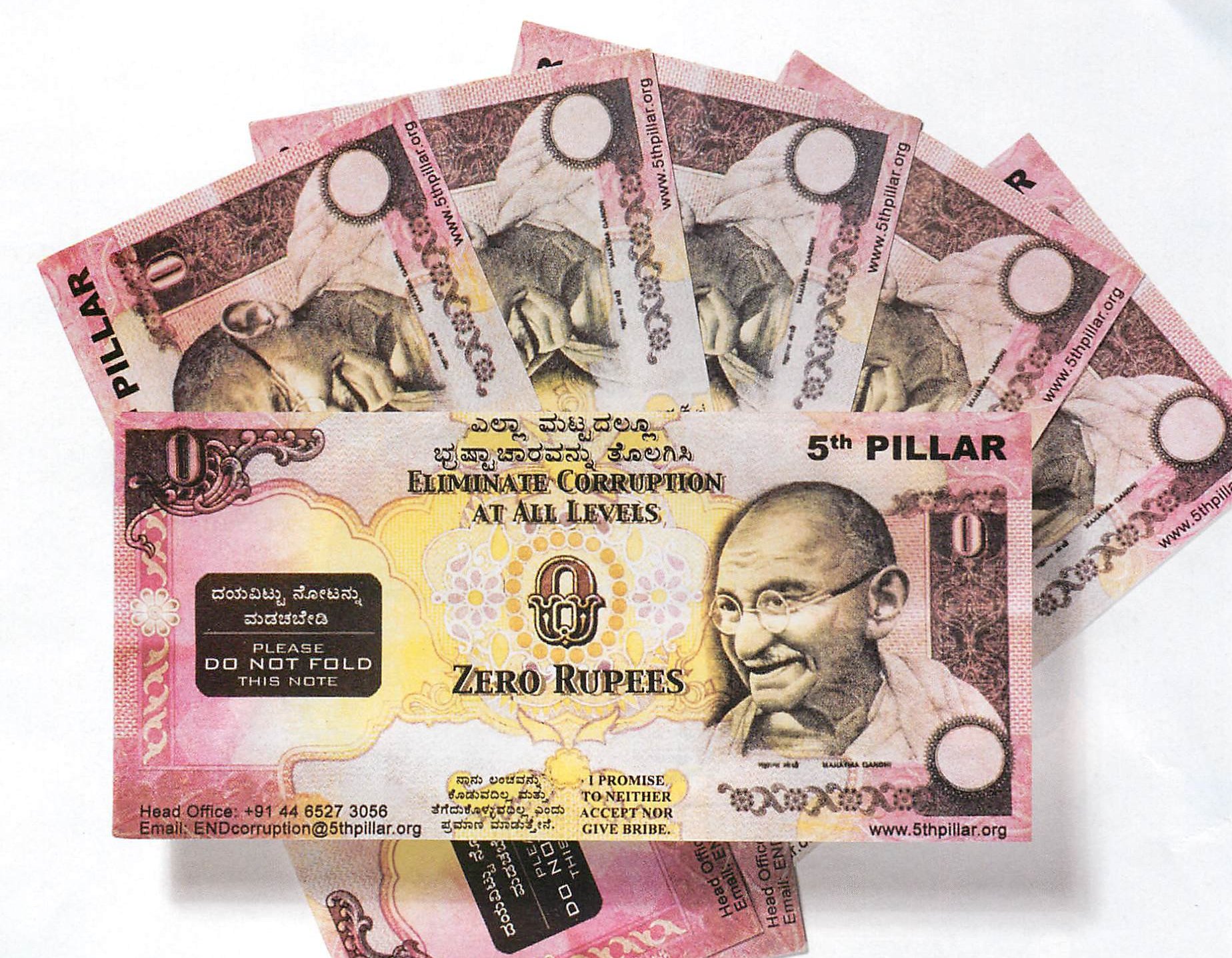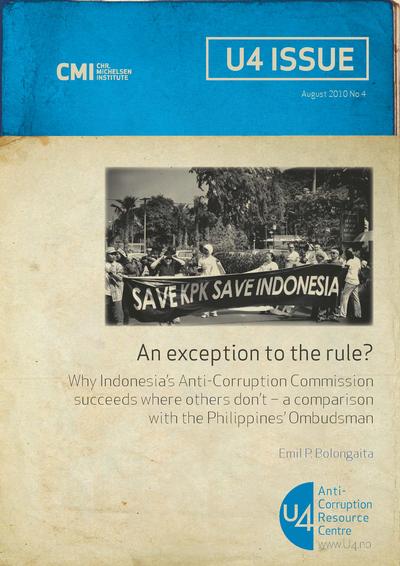A group of auditors, themselves villagers, read their findings. A signature had been forged for the
delivery of soil to rehabilitate farmland. The soil had never arrived, and about $4,000 was missing. The bureaucrat, a low-level
field assistant who uses the single name Sreekanth, was suspected of stealing it.
“I am a very rightful person,” he declared. But the presiding official would have none
of it. He ordered that the money be recovered and that Mr. Sreekanth be promptly disciplined.
That simple verdict was part of a sweeping experiment in grass-roots democracy in rural India aimed at ensuring that the benefits of government programs for the poor actually go to the poor.
It empowers villagers to act as watchdogs and to perform “social audits” like the one that
meted out quick justice to Mr. Sreekanth. Their success or failure could have broad implications for India’s quest to
lift hundreds of millions of people out of poverty.
India is home to more poor people than any country in the world, a fact that stands in mute challenge to its ambitions as an emerging world power. In decades past, fraud
and waste have sapped efforts to help the poor. Rajiv Gandhi, a former prime minister, famously estimated that only 15 percent of every rupee spent on the poor actually
reached them.
The social audits seek to fundamentally change that equation. In many states, the audits have been
perfunctory or hijacked by local officials. But the results here in the southern state of Andhra Pradesh, home to 76 million
people, have been remarkable.
Social audits statewide have found $20 million worth of fraud over the past five years, and 4,600 officials
have faced administrative or criminal charges, said V. Vasanth Kumar, the minister for rural development in Andhra Pradesh.
The results of the audits, down to the tiniest details, are available online for anyone to study. With the Indian government planning
to spend a quarter of a trillion dollars to help the rural poor over the next five years, such audits will be crucial to reducing
waste and fraud.
Much of that cash will go to a program created in 2005 to provide people in the countryside with 100
days of work at minimum wage on small-scale village infrastructure projects. This year, the government has budgeted $9 billion
for the program, potentially ripe pickings for corrupt businessmen, politicians and bureaucrats.
To safeguard their efforts, the officials who drafted the law required the social audits, in which
the beneficiaries themselves ensure that the program is run cleanly.
Villagers scour records and look for fraud, then hold public hearings. Officials like Mr. Sreekanth
— whose punishment has not been determined, but who could be suspended or fired from his job or charged with a crime
— are held accountable.
The concept has been around for decades, championed by influential social activists like the author
Aruna Roy.
In Rajasthan Province, the social movement she helped found, Mazdoor Kisan Shakti Sangathan, popularly known as M.K.S.S., has conducted social audits for years. But Andhra Pradesh is the first
state that has put its full political and bureaucratic weight behind them.
“It is not something being done exclusively by a people’s movement — the government
has embraced it,” said Sowmya Kidambi, formerly of M.K.S.S., who now runs the social audit program in Andhra Pradesh.
“It is not just lip service.”
Officials embraced the audits in part because they realized it was good politics to keep programs for
the poor free from corruption. India is the world’s largest democracy, and the rural poor represent the nation’s
largest pool of votes. Programs like the one that guarantees 100 days of work for people in rural areas are credited with
helping the Congress Party win last year’s election.
“Politicians in Andhra realized there was a lot of political mileage to be gained by keeping
this program clean,” said Yamini Aiyar, a senior fellow at the Center for Policy Research in New Delhi, who has tracked the state’s use of social audits.
Auditing the records, which run to thousands of pages, is painstaking work that would tire the sharp
eyes of even a seasoned forensic accountant. Most of the auditors are village youths who have been trained, but who also rely on their
knowledge of village life to spot fraud.
Zamiruddin, a 24-year-old auditor from Rangareddy, a rural district, explained how he detected fraud
in the mountain of documents he examined. Flipping to a muster roll from February, he pointed to a list of names that he found
suspicious.
“These names are in different handwriting than the ones above,” he said. “That is
the first problem.” All the workers also had signed their names rather than giving thumbprints, which was unusual for
rural laborers. And they reported perfect attendance, together earning about 6,400 rupees for five days of mulching.
Zamiruddin went to the village, Manthati, and interviewed the people whose names were high on the list.
None of them recalled seeing the workers whose names appeared below theirs in the different handwriting. Indeed, one of those
workers was a 16-year-old who was ineligible to work in the program.
In all, Zamiruddin found that more than 139,000 rupees worth of wages had been paid to such ghost workers.
At the hearing, the field assistant who filled out the roster was suspended, and the wages were ordered recovered.
“People fear these meetings,” said one local official, Adiba B., who uses her father’s
initial rather than a surname, which is common in southern India. “Those who eat money, they cannot speak with their
heads high any longer.”
But the audits are far from trouble-free. Here in Nagarkurnool, a senior Congress Party politician
elbowed himself onto the dais next to the official who was supervising an audit, trying to take control of it and repeatedly
interceding to defend local politicians and contractors.
A contractor, himself a government leader in a nearby village, was called up for falsifying measurements
on a project. He disputed the ability of the auditors to take such measurements.
“These people are not qualified,” the contractor, B. Sardharkar Reddy, complained. Besides,
he added, “If it is a 10 percent deviation, what is the big deal?”
A ruckus ensued. Dozens of Mr. Reddy’s supporters rushed to the front, trying to attack the village
auditors. The police were called.
“These vested interests remain very powerful,” said Kavita Srinivasan, a former activist
who now helps lead social audits. “They do not give up easily.”
http://www.nytimes.com/2010/12/03/world/asia/03india.html?_r=2&partner=rss&emc=rss


 Emil P. Bolongaita (2010)
Emil P. Bolongaita (2010) 



